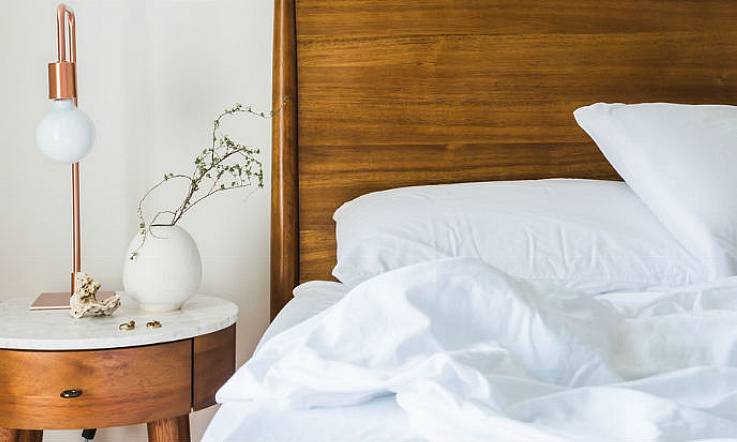What is 'wabi-sabi' and why should we introduce it to our home?

Wabi-sabi is an ancient Japanese world-view that trend reporters say will be big news in the world of interiors next year
Minimalism is a lovely home decor rule to live by in theory, but it doesn't really work in real life. Not with the amount of stuff you have, am I right? Unless you have a massive bolt-hole with plenty of secret storage areas, keeping a minimalist home is an effort we don't need in our lives. And don't get us started on all-white rooms.
Wabi-sabi is a Japanese aesthetic that basically means the world is imperfect and we're cool with that. By accepting the fact that life is "imperfect, impermanent, and incomplete", you don't have to worry about that red wine stain on your fluffy white carpet.
Generally speaking, regarding decor, wabi-sabi can mean a relaxation of the strict 'neat' house rules so many of us strive to live by. In Elle Decor, trend expert with Etsy, Dayna Isom Johnson, invites everyone to embrace the wabi-sabi idea in 2018.
“No matter your personal style, there is one key factor to nailing this trend for your home design: find the beauty in the not-so-perfect. Think tables or cutting boards with burn marks or ceramics that have not been perfectly thrown. Accepting the idea that your home does not have to be showroom-ready is all it takes."
Advertisement
Don't mistake the movement with thrift-store chic, though. According to AppartmentTherapy.com, "authenticity is key to wabi-sabi philosophy: the presence of cracks and scratches in things are considered to be symbolic of the passing of time, weather, and loving use-and should be embraced."
In short, it's your granny's little cottage of old without but maybe without the figurines on the mantlepiece. For once, I'm not going to recommend you buy anything to try the trend. Your place is more than likely wabi-sabi enough already.
Because we're the red wine spillers, not the all-white decorators, we'll be embracing the wabi-sabi trend next year in all its imperfect glory.